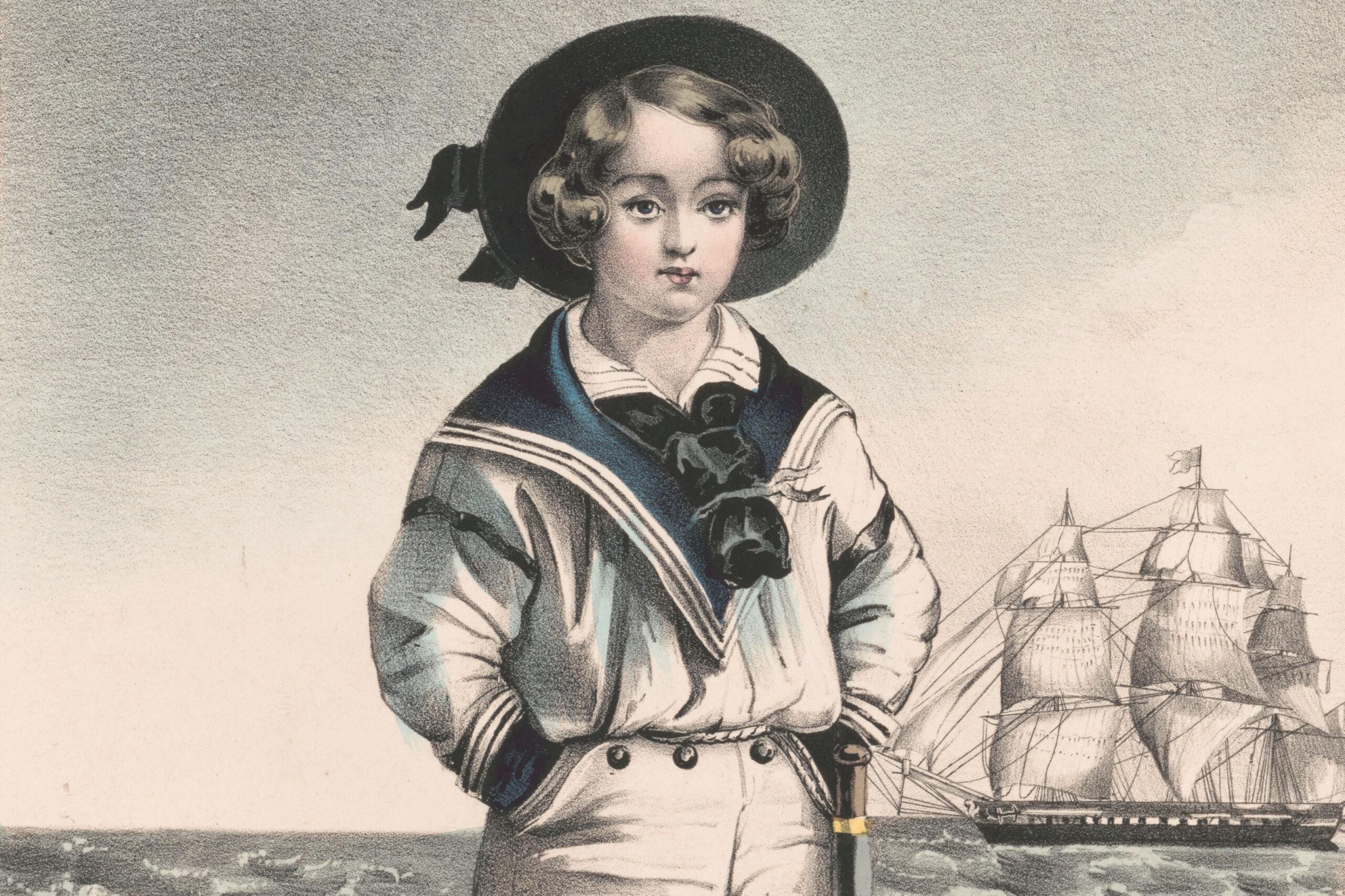
If you’re on TikTok, the go-to app for Gen Z and millennials, you probably spent early January humming catchy nautical tunes while washing never-ending dishes or doomscrolling while you wait for pizza delivery. If you’re not on TikTok, let me catch you up: Sea shanties have made a comeback.
TikTok’s trending shanty is “The Wellerman” with 61.9 million views and counting. It was popularized by the Bristol, England a cappella group The Longest Johns, but when Scottish mailman Nathan Evans posted a video singing the song, it made waves. Suddenly, his video was trending with musicians all over the world posting their own #ShantyTok videos adding harmony, percussion, even fiddle to his lilting original.
So are sea shanties classical music? Absolutely!
A sea shanty is a work song, traditionally shared among sailors in the 16th to 19th centuries during endless days and nights at sea. Born during the mundane, rhythmic tasks onboard a ship, shanties (or sea songs) evolved into entertainment that spun tales of sailor’s oceanic adventures for folks back on land.
There’s no traceable composer for these songs. They’re really folk music, passed down as an oral tradition.
It so happens that folk melodies are the basis for many beloved classical works. Composers from all over the world have paid homage to their homeland for centuries by including traditional folk tunes in their music. Antonin Dvořák and Bedrich Smetana provide great examples. These Czech composers used Bohemian folk melodies in major works, like Smetana’s “Vlatva” (The Moldau) and Dvorak’s “Slavonic Dances.”
Other European composers like Frédéric Chopin and Edvard Grieg famously used folk dances. Grieg’s “Norwegian Dances” combine the halling, a dance from Norway’s Hallingdal region with Scottish reels. And Chopin wrote at least 59 mazurkas for piano, based on the Polish mazur dance. Béla Bartók, a Hungarian, traveled all over the Balkans collecting peasant songs which he incorporated into his music.
In the United States, African American composers incorporated spirituals originally sung by enslaved people. Spirituals were a critical source of hope that expressed slavery’s unimaginable misery, and communicated code during the era of the Underground Railroad. William Grant Still drew upon spirituals for his “Afro-American Symphony.” Musically, there is a striking similarity between shanties and spirituals: both generally follow a repetitive, simple, memorable melody. They built morale and community, albeit under dramatically different circumstances.
Many Latin American composers capitalize on their native folk traditions, like Argentinian composer Alberto Ginastera (sometimes called “the Bartok of South America”), who used Argentine and gaucho melodies in his original music.
Percy Grainger’s music comes closest to “The Wellerman” and other shanties. “The Wellerman” likely originated in New Zealand, just a Tasman Sea away from Grainger’s native Australia. Shipping culture and British rule influenced Australia’s folk music traditions.
For his most famous work, “Lincolnshire Posy,” Grainger traveled the English countryside with a bulky early recording device strapped to his back. Legend has it he’d walk into a pub, buy everyone a round, and ask them to sing. Later, Grainger would write out the recording with every drunken off-note included. So “Lincolnshire Posy” might be one of the best classical depictions of what a shanty, evolved on land, sounded like in the moment.
And yes, original shanties have found their way into classical music. The simple melodies lend themselves to variation in longer works. The classic “What Do We Do With a Drunken Sailor” is a staple of educational choir repertoire, and is featured in Malcom Arnold’s “Three Shanties” for woodwind quintet. Arnold also included “Boney Was a Warrior” and “Johnny Come Down to Hilo” to round it out.
Whether they’re sung by a choir in their original form or arranged for instrumental ensemble, shanties and other folk tunes create a sense of community. It’s easy to see why the sea shanty has taken the internet by storm in a time when we’re desperate for social and musical connection. And with the resurgence of the shanty, perhaps we’ll see more classical composers use them in the future!









